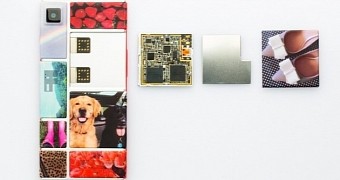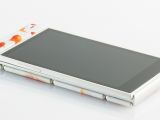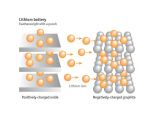Google is actively pushing the development of its modular smartphone platform which we know as Project Ara.
Developers have already started creating the first modules that will help users achieve the customization levels they have always dreamed of. We already talked about Innolux building some of the first panels and Sennheiser providing a duo of sound cards.
The first Project Ara smartphone is expected to make its way into the wild later this year, but we might have to wait for the most interesting modules to appear in 2016.
Current smartphone batteries are insufficient
For example, an MIT start-up is looking to join the ranks of Project Ara developers with an interesting proposition. Solid Energy is currently hard at work to produce batteries that offer twice the capacity of current batteries, as reported by Forbes.
Today’s batteries rely on the lithium-ion setup. The first commercial lithium-on battery launched back in 1991 under the Sony banner and used a setup that made use of lithium-cobalt-oxide cathode with a graphite anode.
In this dual intercalation system, also known as the “rocking chair” device, reversible insertion and removal of lithium ions into the electrodes are used as a way to store and deliver charge.
But a graphite anode is quite limited when it comes to the energy it can store, something which the MIT start-up is trying to fix by making use of an ultra-thin metal anode. By virtue of this implementation, the start-up hopes to raise the energy capacity for 600 Whr per liter up to 1,200 Whr per liter.
SolidEnergy wants to make batteries smaller and more efficient
The uber-thin anode is constructed of lithium on copper and is five time smaller than the standard graphite anode one finds in current batteries.
SolidEnergy will also be offering the electrolyte, the substance used to move charges back and forth between the anode and cathode.
What's more, new batteries using this type of anode will also be shrunken down in size, allowing the remaining space to be used for other modules.
Since most of our smartphones barely make it through one day of use without screaming for a recharge, SolidEnergy thinks their new technology will be beneficial to mobile devices. The company is targeting Project Ara first, but in the future we might see the start-up produce such batteries for other device manufacturers as well.
SolidEnergy also plans to offer batteries using this particular standard for electric vehicles starting with 2017.

 14 DAY TRIAL //
14 DAY TRIAL // 


